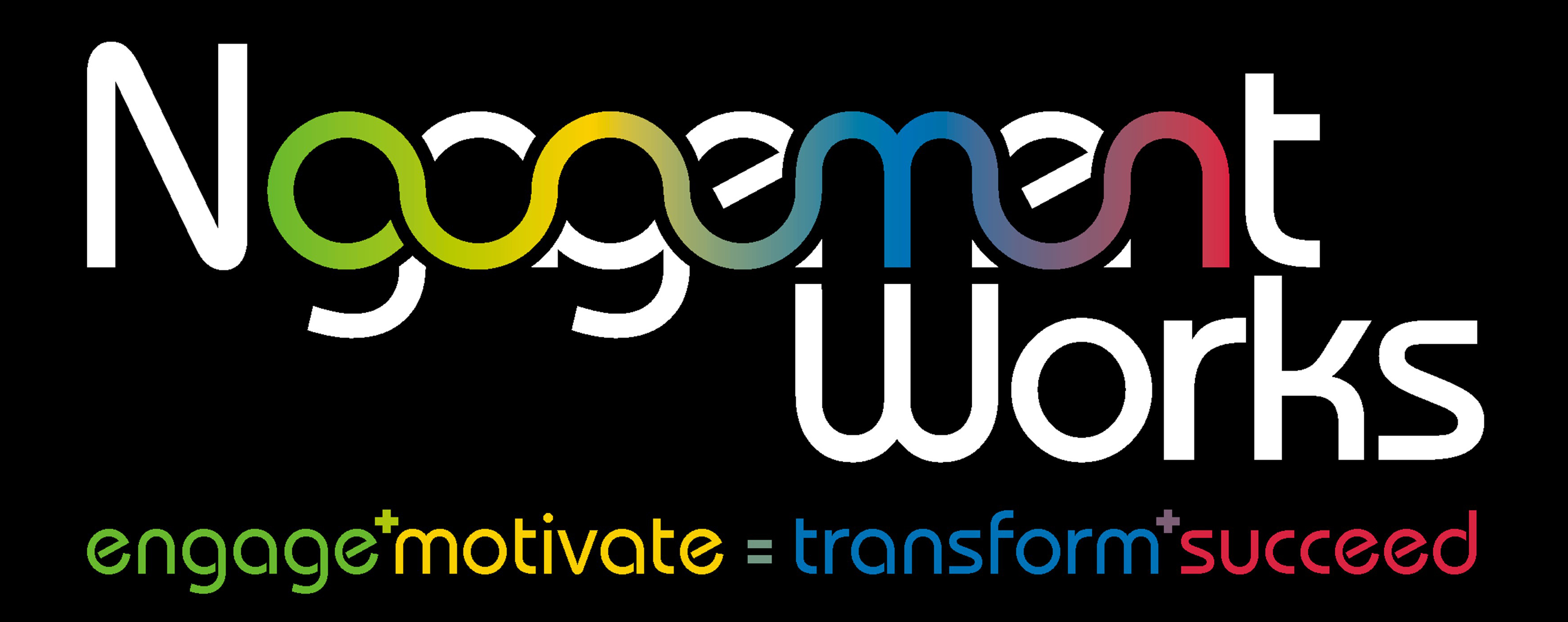No doubt you have received an email from someone, read it and have been irritated by the tone and style in which it has been written. Yes, it happens to us all. I can guarantee that your emails will have done the same to the people you have sent them to on occasions.
We all want to make a positive impact and build mutually beneficial relationships with others however, on occasions we can get it wrong and others can get it wrong with us. The reality is that when we believe someone has miscommunicated with us, it tends not to be personal but behavioural. It is our perception and interpretation that then leads to how we judge the email sent to us and indeed judge the sender of it. Let me explain.
I was facilitating a leadership workshop recently and as part of this, we explored effective communication. The conversation turned to emails. One of the group stated, “Often I become upset by the curt, abrupt and often impersonal emails sent to me by one of the team, often with demands for information to be sent to them in what I perceive as unrealistic timescales.”
This sparked another to say that he got irritated by one colleague, who started the majority of their emails with “I hope this email finds you well.”
Someone else said, “Yes, but what about the emails from people that go all around the houses, don’t get to the point and emphasise things with three exclamation marks!!!! AND finish off with a smiley face emoticon”
This then prompted someone to say “Yes, but it’s the 3 page emails with hundreds of questions that kill me, don’t they know I have lots of emails to respond to, not just theirs.”
Suddenly, one of the group honestly and openly said, “Excuse me, my emails always have lots of questions, what’s wrong with that?” Another then said, “I keep mine short and to the point, what’s your problem?” That got another to retort, “Yes and I always ask how someone is, it’s just polite” whilst another said, “Hey what’s wrong with smiley faces!”
Unknowingly, what they had been doing, was sharing their frustration about those who had a different communication styles to them.
Communication Is Not What We Say However More About How We Say It
Studies completed by Albert Mehrabian in the 60s suggest that communication between individuals relies on body language (55%), tone of voice (38%) and finally the words we use (7%).
Email only relies on the latter and with just words available, we instinctively interpret and add our own inflection and tone, on certain words based on OUR communication style and importantly NOT on the person who sent it to us. Hence how you perceive an email, as you read it, may not be what was intended by the individual who sent it. All we have to go on are the words (7%) and the other 93%, body language and tone of voice is not available to us.
It takes me back to when I was at school when our teacher asked us to read out the sentence below.
I TOLD YOU NOT TO USE THAT PENCIL.
Now read it again however this time emphasise the word I.
I TOLD YOU NOT TO USE THAT PENCIL. The message of the sentence is then about who told you not to use that pencil.
Now read it again emphasising the word THAT. I TOLD YOU NOT TO USE THAT PENCIL. This time the message is about which pencil not to use. You can emphasise each word in the sentence and the meaning of the sentence changes.
So the inflection we place upon certain words makes a big difference.
How Can We Make Our Email Communication More Effective?
Simply, by understanding more about the recipient of our email. Check the emails they have sent to you. Are they short and to the point, chatty, personable or full of questions? The key is, “Do unto others as THEY would be done unto.”
When I work with teams, I use a colourful model of human behaviour, based on the psychology of Carl Jung. Part of the learning programmes are dedicated to communication.
Firstly, we understand the different communication needs of the different behavioural types, then consider our own preferred style and finally how to adapt our style on occasions, to meet the needs of those who are different to us.
At a top level, there are 4 dominant behavioural types, each type, can be associated with different adjectives that describe that style. We are a mixture of all four styles, however we will all have a dominant, secondary, tertiary and least used style. These differences lead to different communication needs.
So in conclusion, when you next receive that email that grates or irritates you, just remember it may not be due to the person who sent it, it may be more about YOU. Remember it’s not personal, it’s behavioural.
What emails have you received that have irritated you and why?
All the best, Nick
Don’t Blame The Accidental Manager
"82% of...






